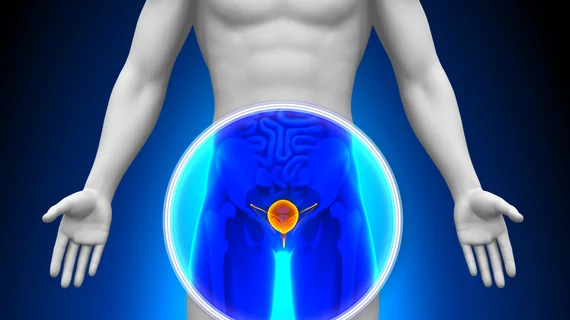Researchers have determined that increasing the number of core biopsy samples obtained using MRI-targeted transrectal ultrasound biopsy can lead to the detection of more clinically significant prostate cancers.
Publishing its findings in Radiology, the group emphasized the importance of learning “the optimal number of biopsy cores for MRI-targeted biopsies.”
“This determination will standardize clinical practice and maximize detection of clinically significant cancer while minimizing overdiagnosis, procedural complications, and cost,” wrote Michelle Zhang, Sunnybrook Research Institute in Toronto, Canada, and colleagues. “It would therefore be useful to define the ideal number of biopsies to be able to reduce the number of core samples while maintaining the diagnostic yield of clinically significant cancer.”
The authors studied data from 330 consecutive patients who underwent multiparametric prostate MRI from March 2012 to July 2017. The mean patient age was 64.3 years old. All patients had an index lesion that underwent MRI-targeted transrectal ultrasound biopsy with a minimum of five core samples per lesion. The cancer detection rate for clinically significant cancers was tracked as specialists graded the biopsy results.
Overall, the researchers found that increasing the number of biopsy core samples from one to three per target increased the detection rate of clinically significant cancer by 6.4 percent. Increasing the number from three to five per target increased the detection rate by another 2.4 percent. The target yield for one biopsy core sample was 26 percent. The target yield was 33 percent for three core samples and 35 percent for five core samples.
In addition, the authors wrote, “no significant difference” was noted in upgrade rates based on the lesion size or location.
“Results of our study can aid in standardizing the practice for the optimal number of sample cores, as there is currently a large range in the literature, from one to two to more than six cores per sample,” the authors wrote.

